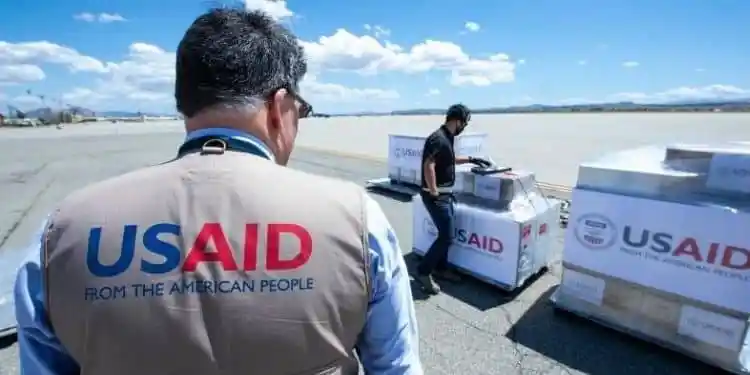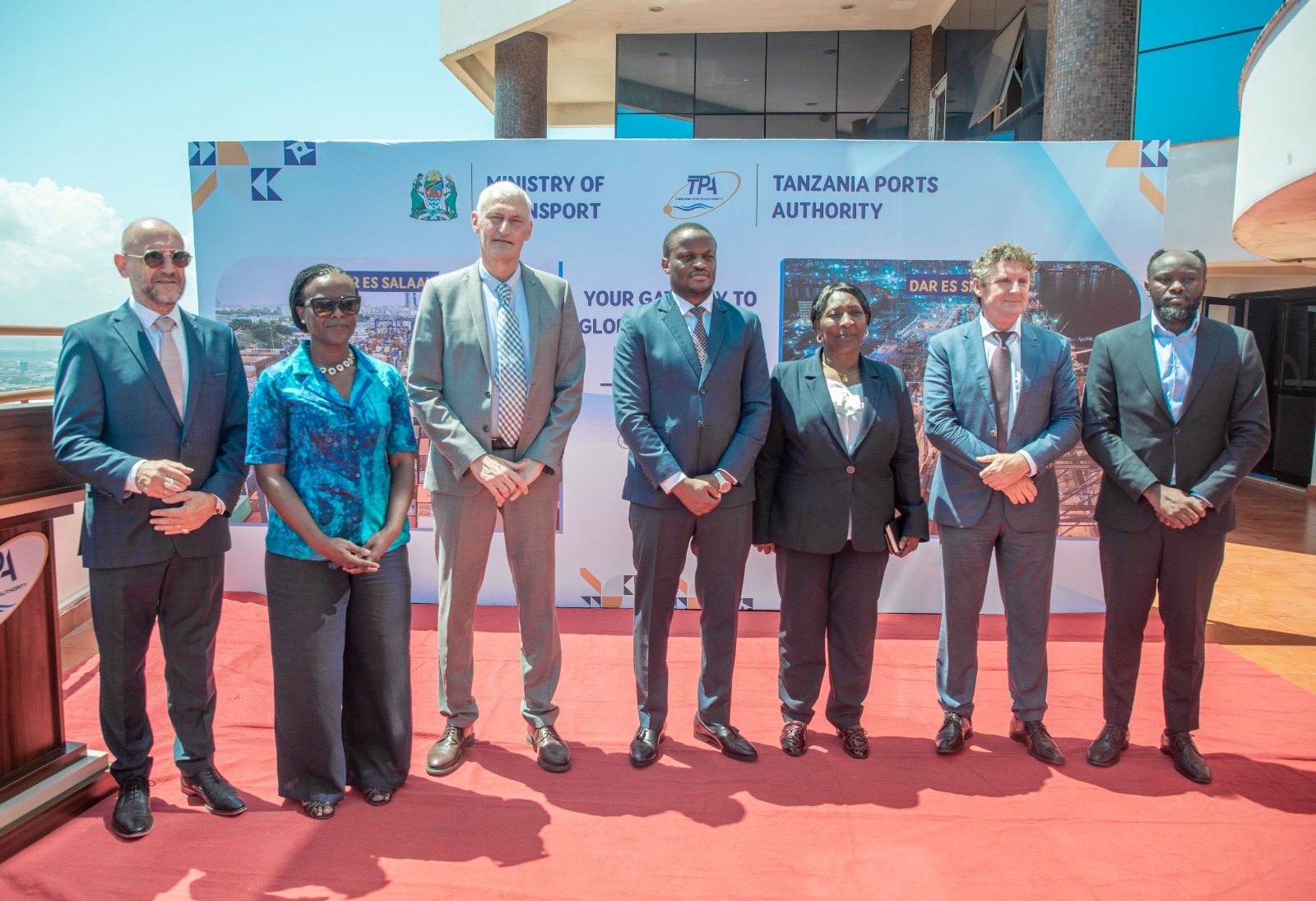
As Africa grapples with the persistent challenge of malaria, Kenya’s Principal Secretary for the State Department of Micro, Small, and Medium Enterprises (MSME) Development, Hon. Susan Auma Mang’eni, has issued a rallying cry for African nations to pivot toward domestic resource mobilization.
Speaking at the 2025 End Malaria Councils (EMCs) and Funds Chairs dinner, Mang’eni underscored Kenya’s pressing financial shortfall of US$33 million in its malaria eradication efforts, urging a shift away from over-reliance on donor funding.
The high-profile event, aimed at securing the US$6.3 billion annually needed to combat malaria across the continent, emphasized the critical importance of local ownership and investment as international aid continues to wane.
Mang’eni highlighted the African Union’s bold vision of eliminating malaria by 2030, stressing that achieving this ambitious target will require the collective efforts of governments, the private sector, civil society, and local communities.
Malaria remains a devastating public health crisis in Kenya, with the disease accounting for 15% of outpatient consultations in 2023, according to USAID.
The World Health Organization (WHO) warns that failure to address the stagnating malaria funding could result in 112 million additional cases and up to 280,700 deaths in Africa by 2029. This dire outlook has intensified calls for urgent action.
The EMCs, known for their strategic role in addressing operational bottlenecks and resource gaps, have already demonstrated their impact. In 2024 alone, they mobilized over $62 million in financial and in-kind contributions, bringing their total since inception to over $125 million.
However, with the Global Fund, which provides 62% of all international malaria financing, facing challenges due to donor fatigue and shifting global priorities, the need for African nations to step up domestic funding has never been more pressing.
The meeting, co-hosted by the End Malaria Council (EMC) Kenya and the African Leaders Malaria Alliance (ALMA), brought together leaders from government, the private sector, and civil society to champion the replenishment of the Global Fund—a vital financial backbone for Africa’s fight against malaria, tuberculosis, and HIV/AIDS.
“We must not let malaria outmaneuver us,” Mang’eni declared. “It’s time to rally our resources and suppress this age-old adversary.”
Despite the disease’s heavy toll on human life and economic productivity, malaria control efforts remain disproportionately dependent on external aid. The Global Fund has invested over $19.1 billion in malaria eradication to date, yet leaders warn that the continent is at a financial crossroads. Donor fatigue, shifting priorities, and global economic instability have heightened the risk of setbacks in the fight against malaria.
Chris Getonga, Chairman of EMC Kenya, echoed the urgency, emphasizing that resource mobilization and collaboration are essential to achieving the goals of the Kenya Malaria Strategy. “Without bold financing solutions, we risk undoing decades of progress,” he warned.
The gathering took place against a precarious backdrop, with a recent U.S. executive order temporarily freezing foreign aid, including malaria drug supplies to nations reliant on USAID support. This disruption has further highlighted the urgency of reducing Africa’s dependence on external donors.
For Kenya, the stakes are particularly high. In 2022, the country reported 3.42 million confirmed malaria cases, with a national funding gap of Ksh 24 billion. As the Nairobi summit concluded, the message was clear: the fight against malaria demands more than goodwill—it requires innovation, unwavering commitment, and, above all, money.
With time running out to meet the 2030 malaria elimination target, African nations are being called upon to think differently, act boldly, and invest in their own future. The alternative, as the numbers starkly show, is a continent grappling with avoidable deaths and economic stagnation.










